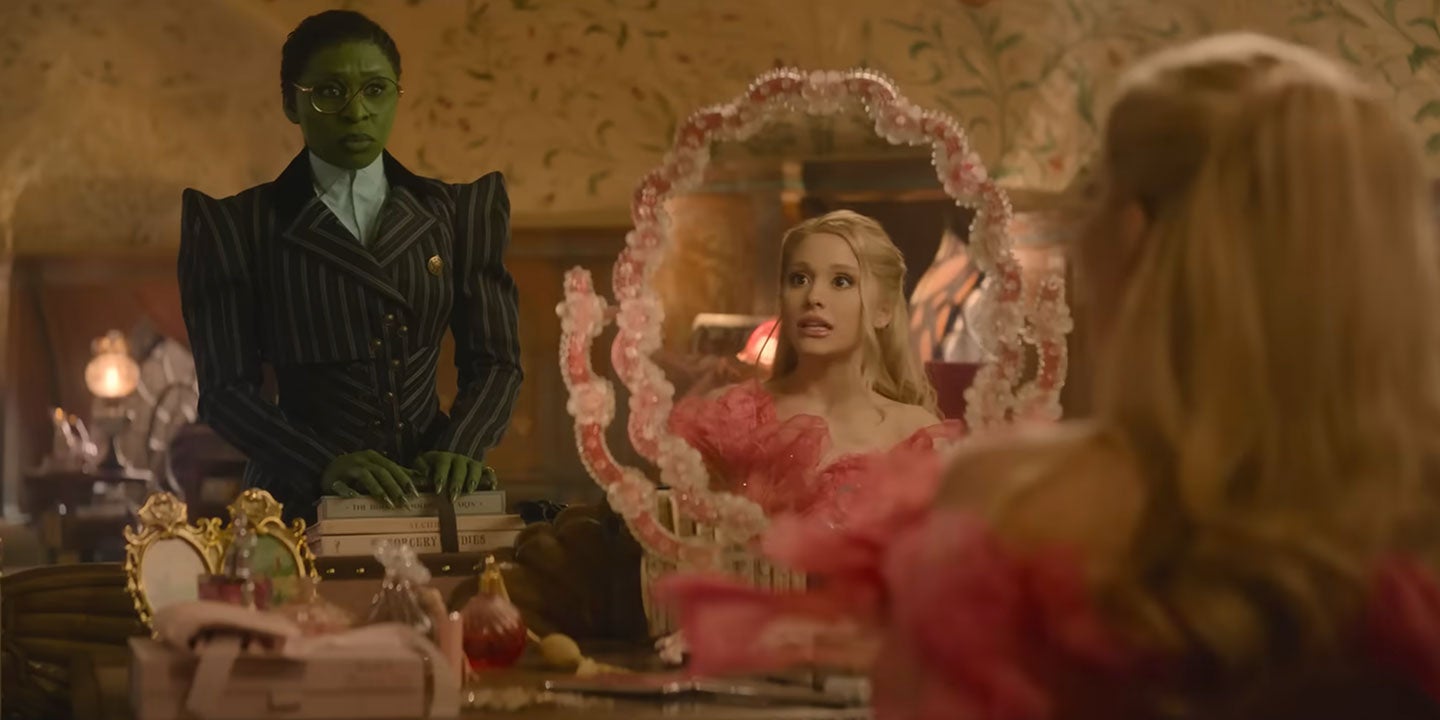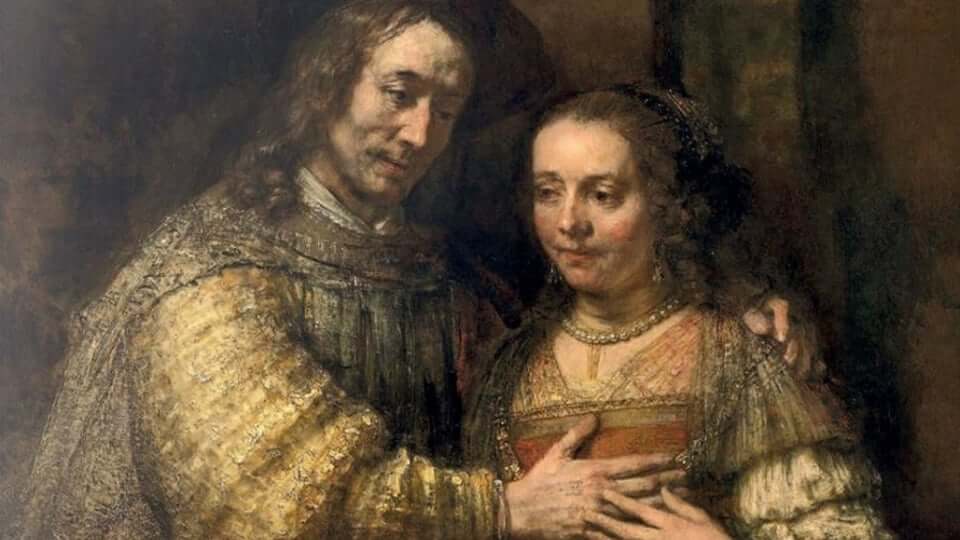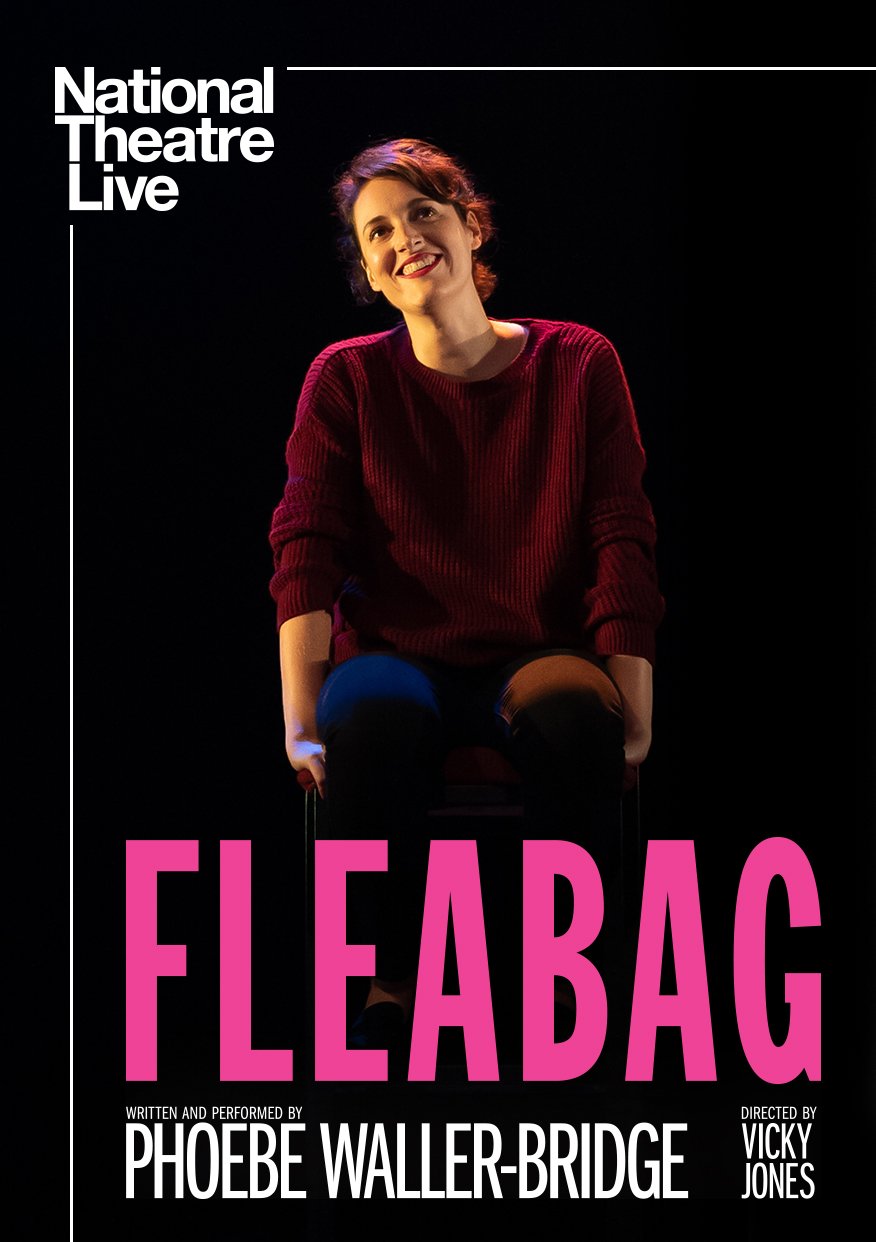By Al Nigrin
originally published: 02/23/2016

Massimo Alì Mohammad lovely feature film Amore tra le rovine (Love Among the Ruins) Premieres at the New jersey Film Festival on Saturday, February 27!
Here is an interview I did with Amore tra le rovine (Love Among the Ruins) Director Massimo Alì Mohammad:
NIgrin:Â Your mock documentary feature Amore tra le rovine (Love Among the Ruins) is about the miraculous discovery and restoration of a long-lost Italian silent film. What motivated you to make this unusual film.
Mohammad: The producers and I share a common love for early cinema. We met at Giornate del Cinema Muto, a wonderful festival of silent cinema in Pordenone (Italy), probably, in its genre, the most important in the world. My idea was to shoot a silent film, faithful to the Italian tradition of the 1910s and 1920s. The producers were interested in contextualizing it to modern times, creating plausible research about film discovery and restoration. In few words, we wanted to pay homage to silent cinema and the researchers who dedicate their lives to it.
NIgrin: Your film reminds me of the early films by Guy Maddin  (ie. Archangel, Careful) in that you masterfully recreate a film from the silent era. Were his films an influence on yours? Where there other films that influenced you?Â
Mohammad: Guy Maddin films are wonderful, but my aim was to make a pure silent film, without modern experimentation, and it was difficult! We of course knew Peter Jackson’s Forgotten Silver, but for my silent film the influences were classical Italian silents by Mario Caserini and diva films. Anyway, in the evil guy sequences, I got inspiration from expressionism; and the dirigible flight is a dedication to Méliès. The sequences with the servant are, instead, inspired from slapstick comedy, especially Buster Keaton.
NIgrin:Â Where did you shoot this film?Â
Mohammad: The silent film was shot completely in Ferrara that is a wonderful town near Bologna, full of intact Renaissance architecture. Actually it wasn’t so difficult to find nice locations for our film, without using computer compositing (which was used for one sequence only). We were hosted in private houses and offices, like the evil guy’s study. Some sequences, like the kitchen and carriage sequence, were shot in a museum near Ferrara, in which some old locations from the early 20th century are reproduced. The doc, instead, includes sequences shot in Bologna, Gemona (in the Friuli region), Milan, Paris and Seattle.
NIgrin:Â Tell us more about the terrific lead actors in your film.
Mohammad: They were great. Their challenge was double: to be an actor of that period while acting as if it were almost the first experience on a set. It was like telling them to forget all the rules that apply in modern acting. This wasn’t easy -- like pretending to be awful actors -- it was harder. They had to reproduce the disorientation of theatrical actors on the cinematographic set for the first time, without exaggerating and turning the film into a parody. And I think they were very discreet in doing that.
For the actress I had the fortune to find Mary, who was great in the role of the diva. I was looking for an actress similar to Lyda Borelli, a diva from the 1910s who actually lived in Ferrara and made great films. Mary’s face was perfect. Also Stefano, like Mary, comes from the National Film School of Rome and it was challenging for him to change his register. Edoardo, Massimo and Filippo (the father, the evil guy and the servant) are mainly theatrical actors and probably had fewer difficulties to emphasize their gestures, but they were great anyway to respect the balance we mentioned before. All the actors had to learn the lines by heart (they actually say what it is written in the intertitles). We briefly show that during the ending credits, just to pay homage to their hard work!Â
I would also like to mention the experts in the mock, too. Their attitude was great, some of them are really important and respected film historians, but they played along beautifully, telling our story without losing their professional attitude. They were very spontaneous and we actually shot very few takes.
NIgrin:Â How long did it take you to make Amore tra le rovine (Love Among the Ruins) and were there any memorable stories while you made this film or any other info about your film you can rely to our readers?
Mohammad: The documentary covered a period of sixth months, but actually we didn’t shoot everyday. The silent film was a full immersion of 10 days, a wonderful and intense experience, during which the producers constantly supervised us, making the shooting even greater than it was already. They helped make the cast and crew more comfortable and handled public relations at the various locations. Some funny episodes were during the research for locations. When looking for the evil guy’s mansion, we actually knocked on about every door in town. Once, a very nice lady, who actually let us into her house for the shooting, asked me at the entry phone “Ok, I’ll let you see the house, but are you sure you are not a thief?”
We also had great fun shooting the dirigible sequence. Elisa Leonini, the art director, constructed it with simple materials, but in black and white the effect was great! It was very funny when the troupe had to coordinate every move for the accident scene. We actually made a lot of takes!
Here is a link to the trailer for Love Among The Ruins:
---------------------------------------------------------------------------------------
The feature film Love Among the Ruins will be screened after City of Dreams. Here is more info on this screening:
Citta' dei Sogni (City of Dreams) - Paola Bernardini (New York, New York)
Giovanni and Ernesto are siblings who must escape from their own mother.  As they embark on an adventure across the Italian countryside, and the reality of their situation begins to take hold, the myth of their "City of Dreams" begins to crumble. In Italian, subtitled. 2015; 18 min. 


Amore tra le rovine (Love Among the Ruins) - Massimo Alì Mohammad  (Ferrara, Italy)
A mock-documentary  about the miraculous discovery and restoration of a long-lost Italian silent film. More than a parody, the film celebrates the joy of discovering lost art, a rich tradition of filmmaking in Italy, and how a young filmmaker can recreate the artistry of silent film. A meta-commentary on cinema preservation and wartime storytelling, this film is a treat!  In Italian, subtitled. 2015; 68 min. Co-sponsored by the Rutgers University Italian Department!
Saturday, February 27, 2016 at 7:00 p.m.

Voorhees Hall #105/Rutgers University

71 Hamilton Street, New Brunswick, New Jersey

$12=General; $10=Students+Seniors; $9=Rutgers Film Co-op Friends

Information: (848) 932-8482; www.njfilmfest.com
Free Food courtesy of Jimmy Johns of New Brunswick will be given out prior to this screening of the New Jersey Film Festival!
Â
Albert Gabriel Nigrin is an award-winning experimental media artist whose work has been screened throughout the world. He is also a Cinema Studies Lecturer at Rutgers University, and the Executive Director/Curator of the Rutgers Film Co-op/New Jersey Media Arts Center, Inc.
FEATURED EVENTS
To narrow results by date range, categories,
or region of New Jersey
click here for our advanced search.
To narrow results by date range, categories,
or region of New Jersey
click here for our advanced search.
EVENT PREVIEWS
New Jersey Symphony at the Movies presents "Elf" in Concert this weekend
December 6-7, 2025
Monmouth University's Center for the Arts presents Exhibition on Screen - Rembrandt
December 8, 2025
The Barrymore Film Center presents National Theatre Live's presentation of "Fleabag"
December 10, 2025
Celebrate the Holidays with the Muppets and East Lynne Theater Company on December 13th
December 13, 2025











